
Finsbury Food Group is trialling a technology used by US armed forces to hunt down Osama Bin Laden - to extend the shelf life of cakes.
Hyperspectral imaging captures the entire light spectrum and can be used to decipher the material and chemical make-up of anything, be it a human, a building or even a cake.
On the Bin Laden mission, hyperspectral imagers were mounted on the helicopters that surrounded the al-Qaeda leader’s compound in Pakistan. They enabled the Americans to pinpoint the enemy and distinguish targets from their own troops.
Now, in a first for the baking and cake industry, Finsbury Food Group subsidiary Lightbody is working with Strathclyde University to use the technology to study the make-up of celebration cakes and strike the perfect balance between eating quality and longevity.
Using the camera technology and complex mathematics, the researchers have been able to accurately predict shelf life in a way that is consistent with professional tasting panels.
The next stage will be to apply the technology to improving shelf life and product quality. “We could potentially allocate a numerical value to cake eating quality over life. This analysis could prove invaluable,” said Lightbody’s Hamilton site director Ian Chree.
Lightbody received a grant of £25,000 for the research from Interface Food & Drink, a project backed by the Scottish Funding Council.
Interface has also handed out £25,000 research grants to sausage casing company Devro and seaweed company Mara Seaweed.
Devro will apply complex mathematical models used in research of biological tissues to sausage casings. Mara will use its grant to determine the technical and commercial feasibility of securing a sustainable supply of edible seaweed.






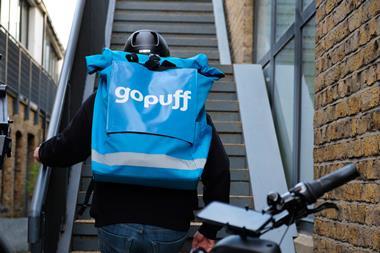

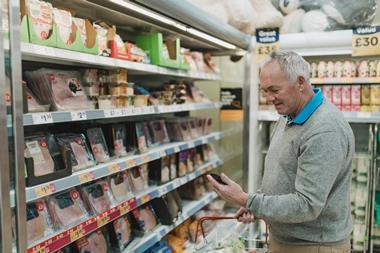

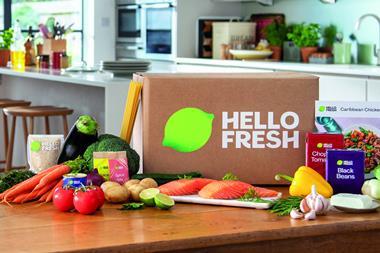
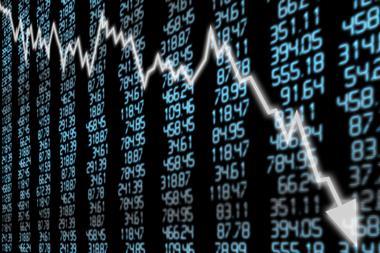
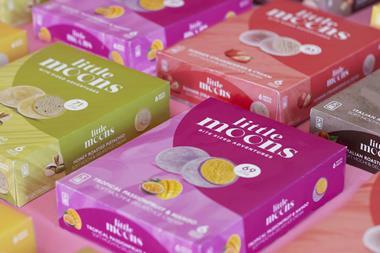
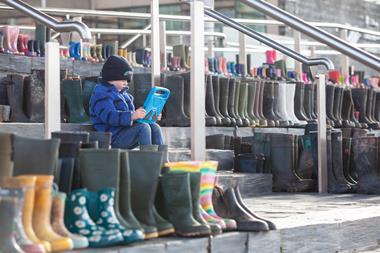
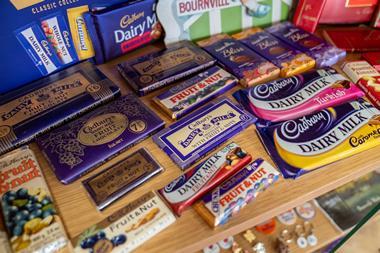
No comments yet